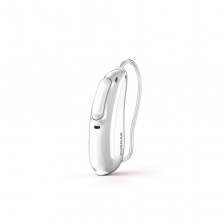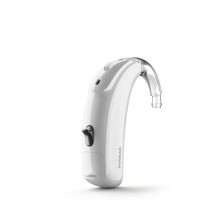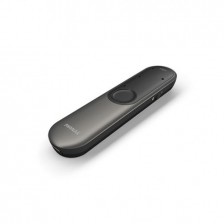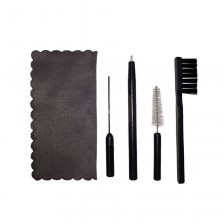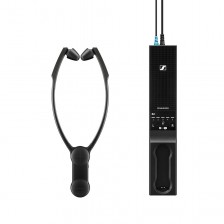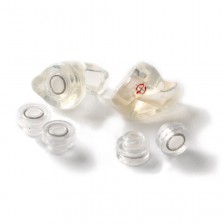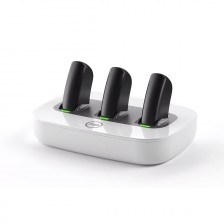Ear infections and diabetes

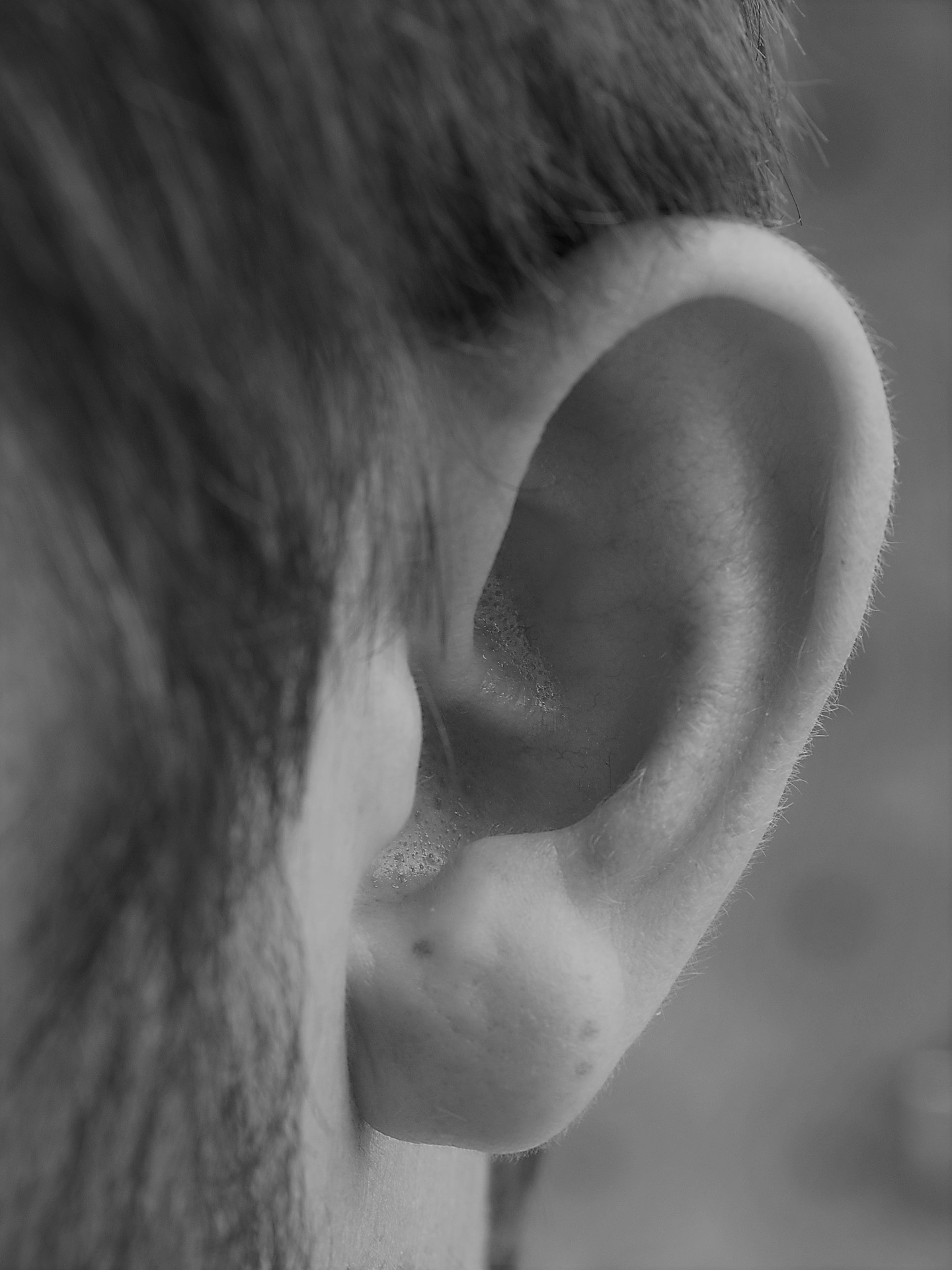
Today we are going to talk about how diabetes increases susceptibility to various types of infections. The most common sites of infection in diabetic patients are the skin, urinary tract, and ears, of course.
Malignant otitis externa (MEO) is a disorder that involves infection and damage to the bones of the ear canal and at the base of the skull, as it is an infection that affects the outer ear canal and temporal bone. But, at a general level, external otitis can be classified as follows:
- Acute diffuse OE. The most common form of otitis externa, typically seen in swimmers.
- Acute localized OE (furunculosis). Associated with infection of a hair follicle.
- Chronic EO. Same as diffuse but longer (>6 weeks) acute EO.
- Eczematosa EO (eczematoid). Includes various dermatological conditions (e.g., atopic dermatitis, psoriasis, systemic lupus erythematosus, and eczema) that can infect the atrial cavity and cause OE.
- Otomycosis OE. Infection of the ear canal by a species of fungus (e.g., Candida, Aspergillus).
- Necrotizing OE (malignant). Infection extending to the deepest tissues adjacent to the atrial cavity; occurs primarily in immunocompromised adults (e.g., diabetics, AIDS patients).
What is malignant external otitis?
Malignant or Necrotizing (Malignant) External Otitis occurs mainly in diabetic patients over 35 years of age and is almost always due to Pseudomonas aeruginosa.
The infection begins in the external auditory canal and spreads to soft tissues, cartilage and adjacent bones. Patients typically have severe earache.
The causative organism is usually Pseudomonas aeruginosa, and the disease commonly manifests itself in elderly patients with diabetes. The infection begins as an otitis externa that progresses into osteomyelitis of the temporal bone. The spread of the disease outside the external auditory canal occurs through the fissures of Santorini and the osteoartilaginous junction.
Symptoms
Symptoms include:
- Constant drainage from the ear that is yellow or green and smells bad
- Deep ear pain inside the ear The pain may get worse when you move your head.
- Hearing loss
- Itching in the ear or ear canal
- Fever
- Difficulty to swallowing
- Weakness in the muscles of the face
Tests and examinations
Your otolaryngologist will examine your ear for signs of an external ear infection. The head area around and behind the ear may be sensitive to touch.
An examination of the nervous system (neurological) may reveal that the cranial nerves are affected.
If there is any drainage, a sample may be sent to the laboratory. The laboratory will culture the sample to try to find the cause of the infection.
To look for signs of a bone infection adjacent to the ear canal, the following tests may be done:
- CT scan of the head
- MRI of the head
- Nuclear scan
Treatment
The goal of treatment is to cure the infection. Such treatment often lasts several months, because it is difficult to treat the bacteria and reach the infection in the bone tissue.
You will need to take antibiotics for a long time. Medications may be given through a vein (intravenously) or by mouth. Antibiotics should be continued until scans or other tests show decreased inflammation.
Dead or infected tissue may need to be removed from the ear canal. In some cases, surgery may be needed to remove dead or damaged tissue in the skull.
Expectations (prognosis)
Malignant otitis externa usually responds to long-term treatment, especially if treated promptly. It may come back in the future. Severe cases can be fatal.
Possible complications
Complications may include
- Damage to the cranial nerves, skull, or brain
- Return of infection, even after treatment
- Spread of infection to the brain or other parts of the body
When to contact a medical professional
- Call your specialist doctor if:
- You have symptoms of malignant otitis externa
- Symptoms continue despite treatment
- New symptoms develop
Go to the emergency room or call 911 if you present:
- Seizures
- Decreased consciousness
- Severe confusion
- Facial weakness, loss of voice, or difficulty swallowing associated with ear pain or discharge.
Prevention
To prevent an external ear infection:
- Dry your ear well after getting wet
- Avoid swimming in polluted water
- Protect the ear canal with cotton while applying hair sprays and hair dyes (if you are prone to external ear infections).
- After swimming, apply 1 or 2 drops of a mixture of 50% alcohol and 50% vinegar to each ear to help dry it and prevent infection.
If you are a diabetic person, consider these indications and pay special attention to the prevention of ear infection as well as other infections in general, as your immune system is somewhat more sensitive and fragile.
At Claso we care about your hearing health and your quality of life and we have the best products for ear care.


